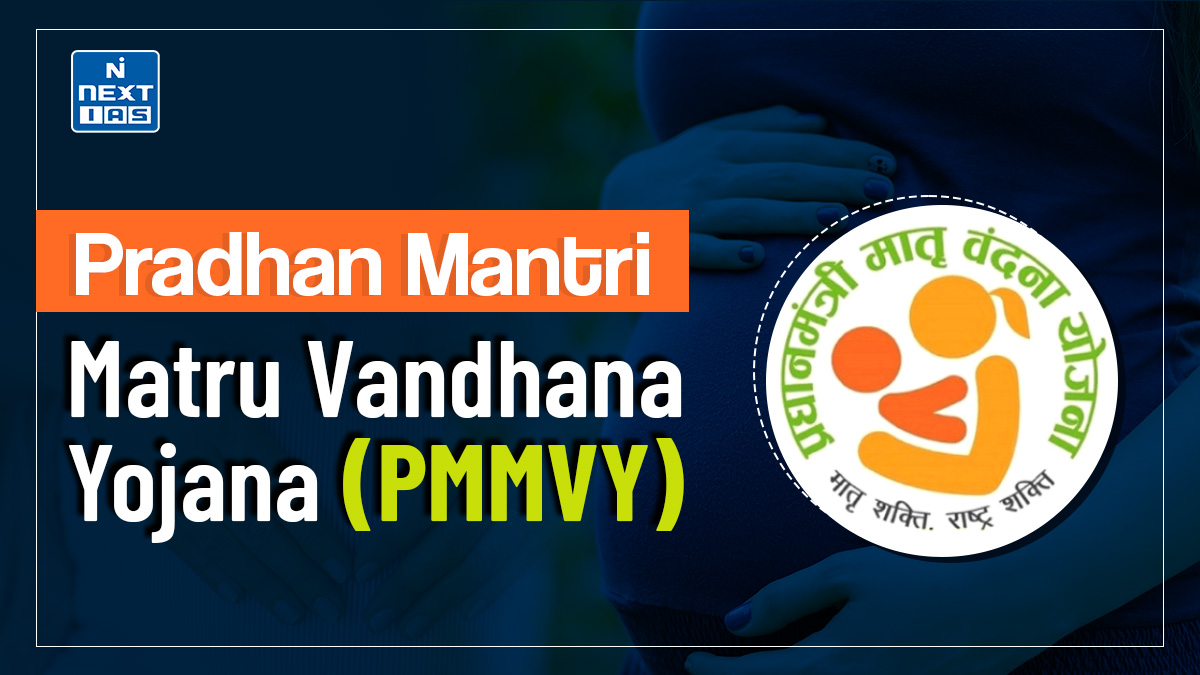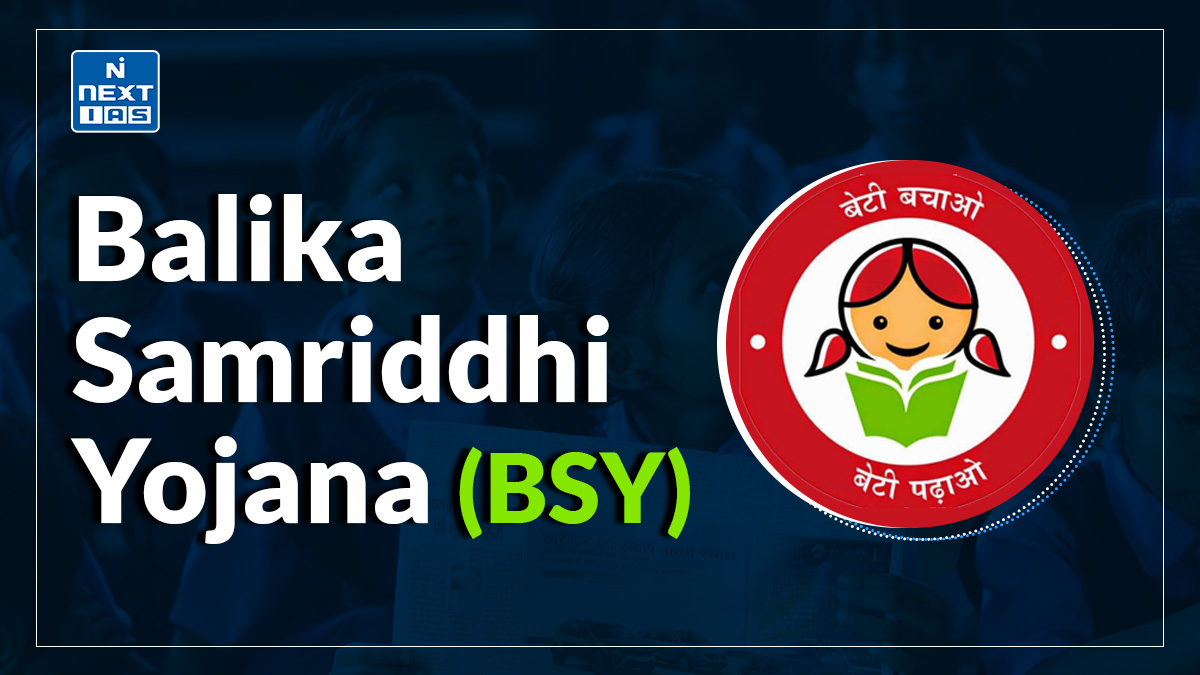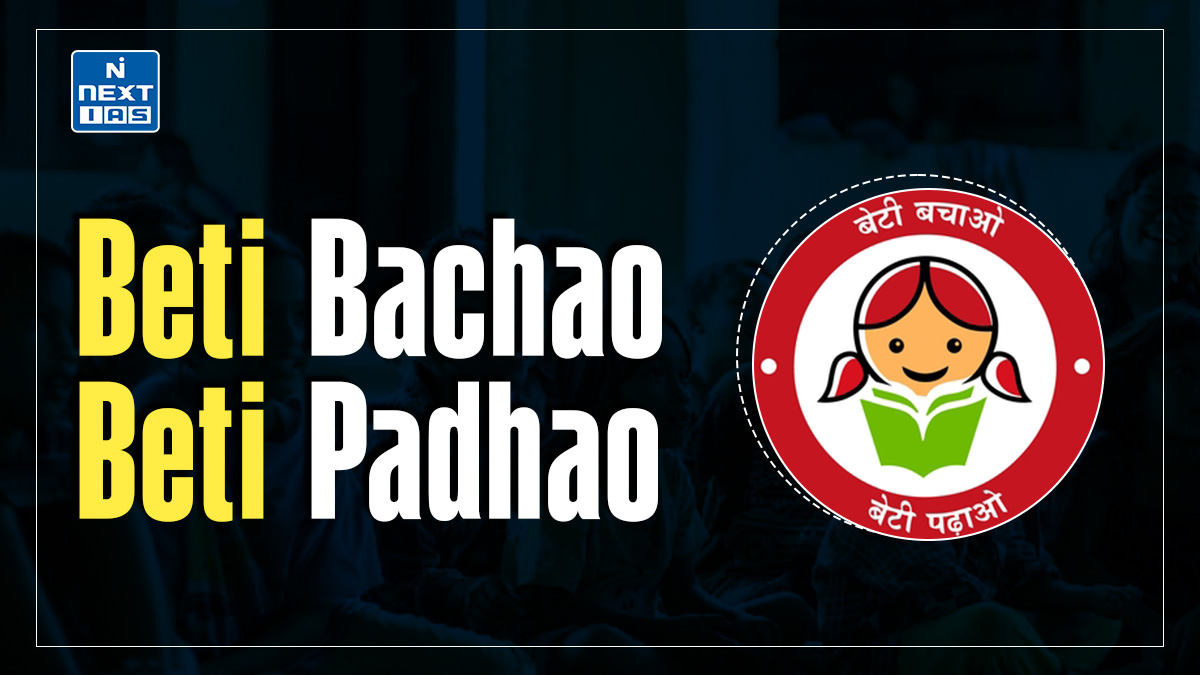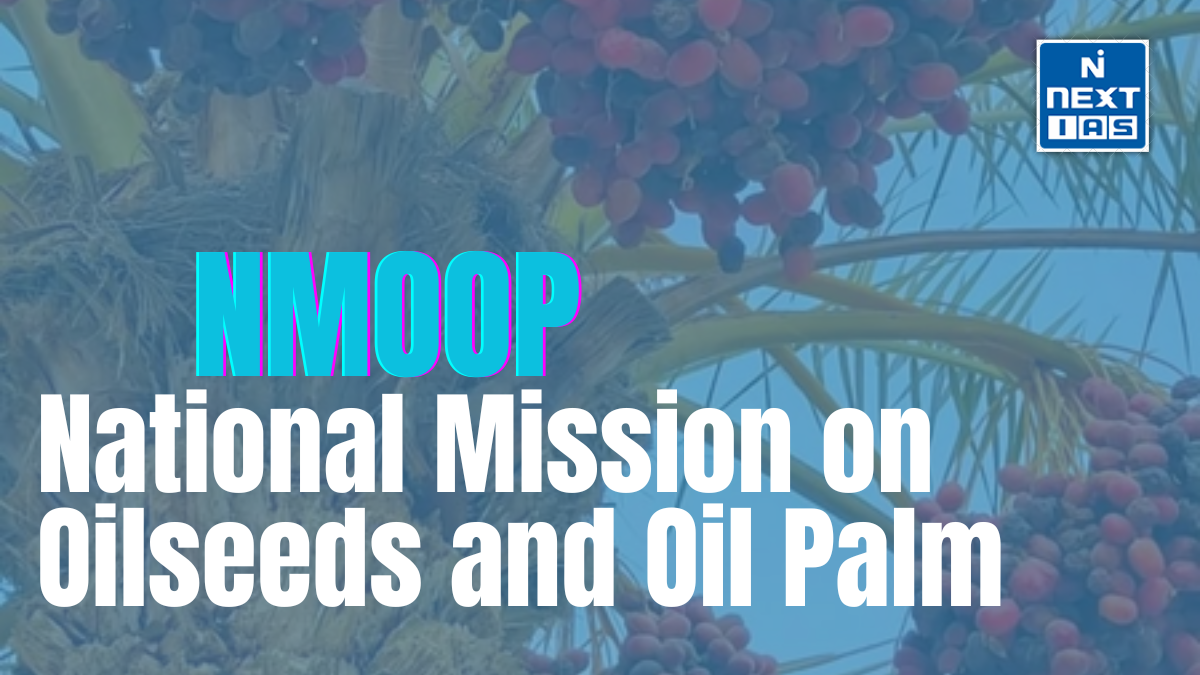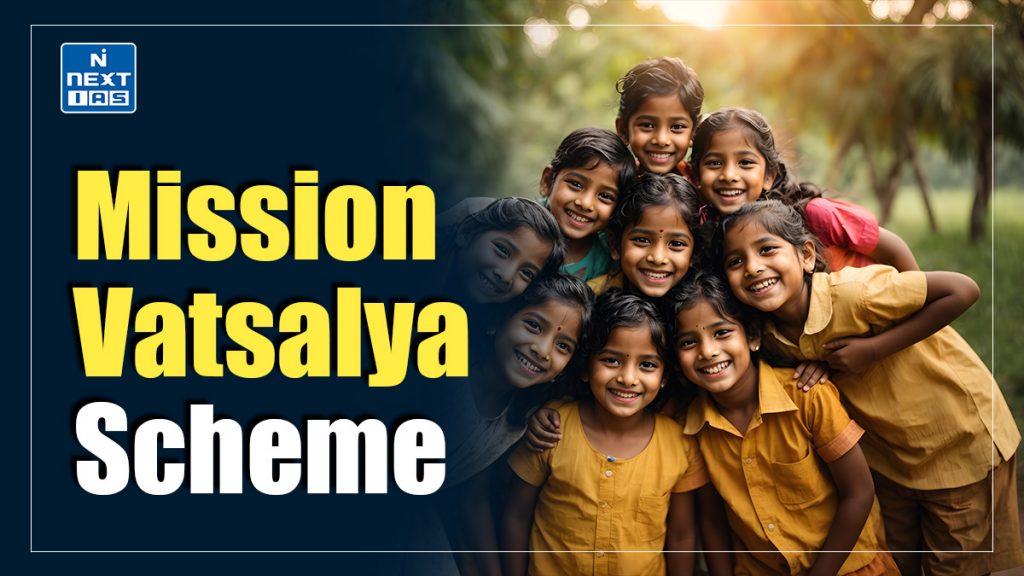
Mission Vatsalya as a government program in India focusing on the welfare and protection of children is prevalent. The program deals with promotion of child development, protection of child rights, and taking care of vulnerable children. The activity focuses on strengthening protection systems, promoting family-based care, and rehabilitation and reintegration programs.
What is Mission Vatsalya?
- Mission Vatsalya is a child-centric initiative by the Government of India. This caters to the welfare, protection, and overall development of children, especially from vulnerable situations.
- Additionally, the creation of a nurturing and supportive environment for children is promised by safeguarding their rights and promoting their well-being.
- A focus is targeting schemes that will promote a family-based approach, such as foster care and adoption, rather than care in an insititution, which will opine harmoniously with a child’s best interest principle. The objective is to strengthen child protection mechanisms at all levels: DCPU, CWC, and so on.
- It also supports schemes for rehabilitation, reintegration, and skill development of children in need of care and protection.
- Through creating bridges among the government, NGO, and community efforts, it intends to forestall child abuse, processing, and exploitation while slaughtering their access to education, health, and a secure environment.”

Objectives of the Mission Vatsalya Scheme
The objectives of the Mission Vatsalya Scheme are as follows:
- Child Protection and Safety: The safety and protection of children, particularly those in vulnerable environments.
- Family-Based Care: Bring non-institutional care like adoption and fostering in place of instituting child care to provide nurturing.
- Strengthen Existing Child Protection Systems: Create capacity for a more robust and strengthened existing child protection systems, including Child Welfare Committees (CWC) and Juvenile Justice Boards (JJB).
- Rehabilitation and Reintegration: Provide the assistance needed for rehabilitating and reintegrating with society in skill development, education, and counseling.
- Prevent Child Abuse and Trafficking: Establish mechanisms to prevent child abuse, exploitation, and trafficking through awareness and stringent enforcement.
- Collaboration: Mobilization partnerships among government agencies, NGOs, and communities to have a holistic comprehensive approach to child welfare.
- Empower Children: Ensures children have access to education, health services, and a conducive environment to enable holistic development.
Significance of the Mission Vatsalya Scheme
This scheme bears a momentous weight in promulgating child welfare and child protection in India. Some of its prime significance are as follows:
- Protection of Child Rights: The scheme aims to strengthen the mechanisms to protect children’s rights so that they are able to access education, health, and a secure environment.
- Support for the Weaker Sections: It mainly focuses on giving care to orphans, abandoned, and distressed children, providing them with all necessary benefits for rehabilitation.
- Promotion of Family-Based Care: Reducing dependence on institutional care and creating a safe nurturing family environment for children through adoption, foster care, and sponsorship is the scheme’s intent.
- Strengthening Child Protection Infrastructure: The scheme builds the capacities of existing institutions like Child Welfare Committees (CWCs) and Juvenile Justice Boards (JJBs).
- Combating Exploitation: The role of Mission Vatsalya is crucial for disseminating awareness along with stringent enforcement measures in preventing child trafficking, abuse, and exploitation.
- Community Involvement: The scheme inspires partnership among government, NGOs, and community actors to guarantee a holistic approach to child welfare.
- Empowering Coming Generations: By focusing on the needs of children, it makes the bedrock for building a healthier, empowered, and self-sufficient generation.
Lacunae in Mission Vatsalya Scheme
Despite being an admirable initiative, improvements need to be made to enhance the effective implementation of the Mission Vatsalya Scheme concerning:
- Limited Awareness: Many of the stakeholders include the general public; however, the scheme is unknown to many, limiting the scheme’s reach and impact.
- Implementation Challenges: Delays and inadequacies in the child protection programs are often faced by the states due to lack of coordination among the implementing agencies.
- Inadequate Resources: Lack of adequate financial and human resources affects the functioning of child protection units and institutions.
- Poor Infrastructure: Understaffed and overworked, Child Welfare Committees (CWCs) and Juvenile Justice Boards (JJBs) are discouraged in providing adequate care and making fair decisions.
- Focus on Institutional Care: Despite the well-placed initiative of promoting family-based care, institutional care is still predominant, laden with cultural and logistical barriers.
- The Glaring Gap in Monitoring and Evaluation: With no robust monitoring and evaluation mechanism, it becomes impossible to assess outcomes of the scheme and tackle inefficiencies.
- State Adoption of the Scheme Is Not Consistent: States show varying commitments and capacities for the implementation of this scheme, thereby giving rise to varied outcomes across the nation.
- Social Stigmas: Cultural biases and social stigma against adoption and foster care hamper the scheme’s goal of promoting family-based care.
By addressing these concerns through funding, capacity building, and awareness campaigns, the effectiveness of the scheme may be significantly enhanced.
Key Pointers on Mission Vatsalya Scheme for UPSC Prelims
- Launch Year: Mission Vatsalya was launched by the Government of India in 2021.
- Objective: The mission is intended for child protection, welfare, and development with special emphasis on children under vulnerable situations.
- Key Features:
- Promotes family-based care (adoption, foster care, sponsorship).
- Strengthens institutional mechanisms such as Child Welfare Committees (CWCs) and Juvenile Justice Boards (JJBs).
- Provisions of rehabilitation and reintegration of children.
- Target Beneficiaries: Orphan, abandoned, and vulnerable children.
- Adopted Approach: It encourages the collaboration among various self and government ministries, NGOs, and community stakeholders. Legal Framework: Juvenile Justice (Care and Protection of Children) Act, 2015.
- Funding Pattern: Centrally Sponsored Scheme with 60:40 funding ratio between Centre and States (90:10 for Northeastern and Himalayan States).
- Monitoring: Supervised by the Ministry of Women and Child Development (MWCD).
- Significance: Helps to prevent child abuse, trafficking and exploitation, along with the child development as a wholesome process.
- Related Initiative: Subsumes components of previously existing Integrated Child Protection Scheme (ICPS).
Way Forward
The provision should be strengthening child protection systems, increasing advocacy for family-based care, and improving resources in terms of funding and staffing to make Mission Vatsalya increasingly effective. The entire process would also include willingness for more comprehensive community ownership in boosting holistic and sustainable outcomes with children.
Conclusion
Giving a new dimension to child welfare and protection in India, Mission Vatsalaya aims to provide family-based care as the most preferred alternative, strengthening protection systems, and forging partnerships to develop a safe and nurturing environment for every child to grow and participate in a holistic manner to contribute to a brighter future for the country.
